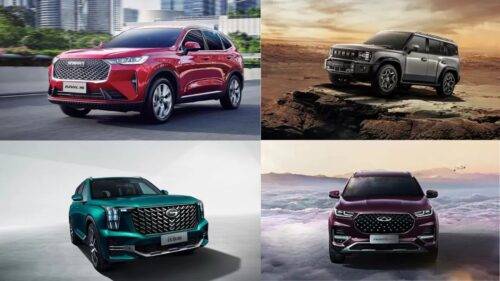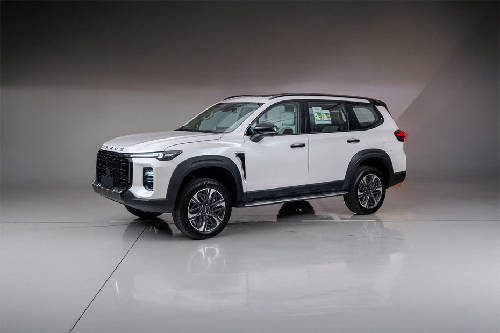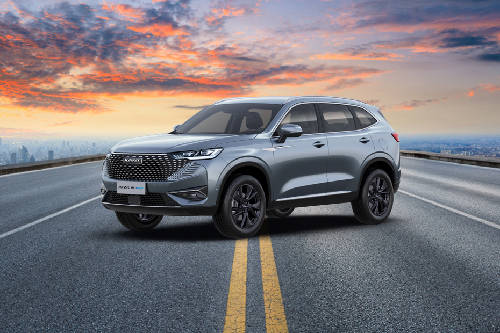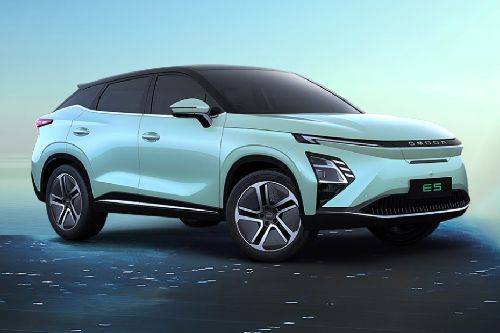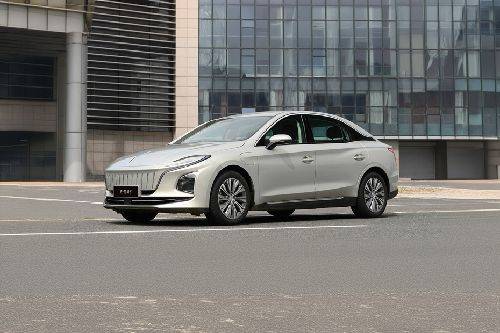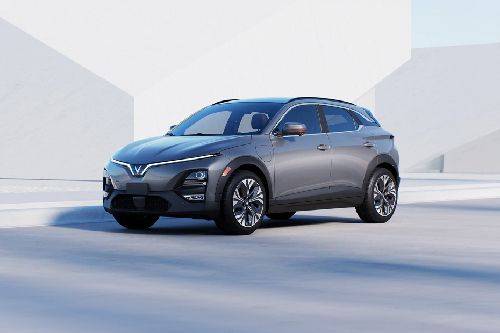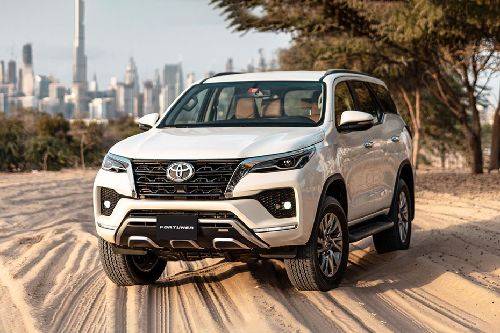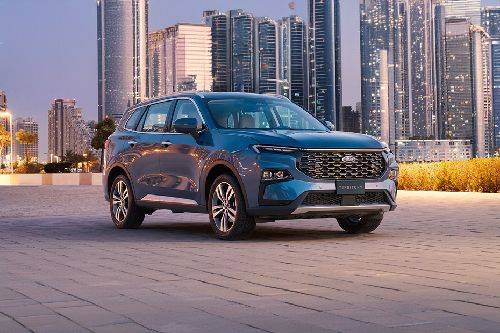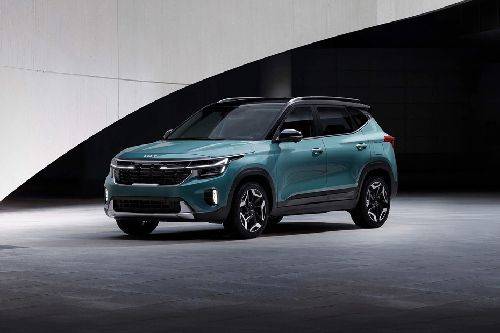Top 10 advanced safety systems every car buyer should know

In today's fast-paced world, where convenience and speed often take the front seat, safety remains an unwavering priority, especially when it comes to our daily commutes and family travels. The UAE, a nation known for its flourishing automotive market and extensive road networks, places a premium on the safety of its citizens. In this context, it's essential for every car buyer in the Emirates to be well-informed about the cutting-edge safety systems that have become integral to modern vehicles.
With advancements in technology, the automotive industry has witnessed a revolution in safety features, going far beyond the standard seat belts and airbags. These innovations are designed not only to protect occupants in the event of an accident but also to prevent accidents from happening in the first place. They are the driving force behind a significant reduction in road accidents and casualties worldwide.
In this blog will delve into the top 10 advanced safety systems that every car buyer should be aware of when considering a new vehicle purchase in the UAE. From adaptive cruise control to blind-spot monitoring, these systems have redefined the way we perceive automotive safety. We will explore how these features work, their real-world benefits, and why they are rapidly becoming must-haves on new car models.
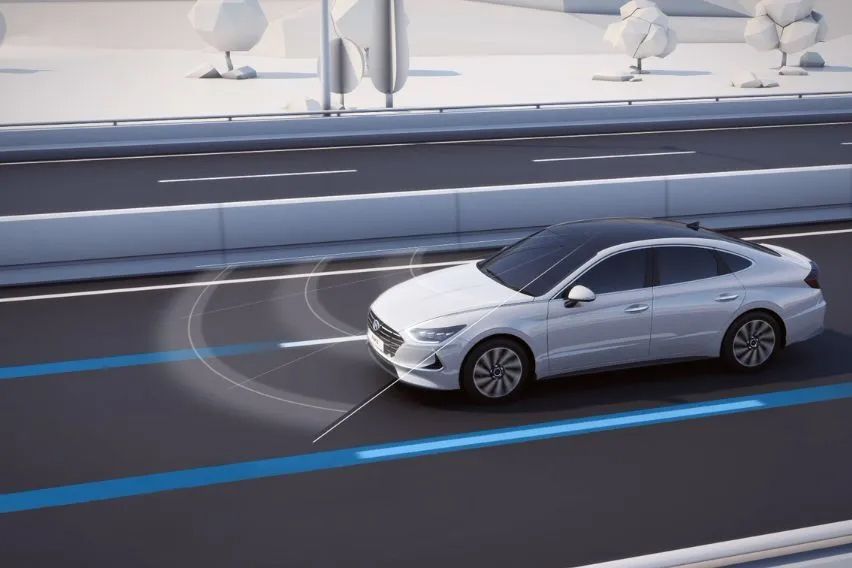
So, whether you're a seasoned driver or a novice, get to know about the technologies that are making UAE roads safer for all. After all, safety isn't an option; it's a necessity.
Advanced safety systems and their role in driver and passengers' safety
Advanced safety systems in modern vehicles have revolutionized driver and passenger safety. These systems, driven by cutting-edge technology, go beyond traditional safety features like airbags and anti-lock brakes. They play a crucial role in preventing accidents and protecting vehicle occupants.
Preventing Accidents: Advanced safety systems employ a range of sensors, cameras, and radar technologies to monitor the vehicle's surroundings constantly. This constant vigilance allows these systems to detect potential hazards and unsafe conditions, giving drivers precious seconds to react or take action independently.
Reducing Human Error: Many accidents stem from driver error, including distracted driving, drowsiness, or misjudging distances. Advanced systems act as a reliable second set of eyes, providing warnings or even intervening when they sense an impending collision or deviation from the lane.
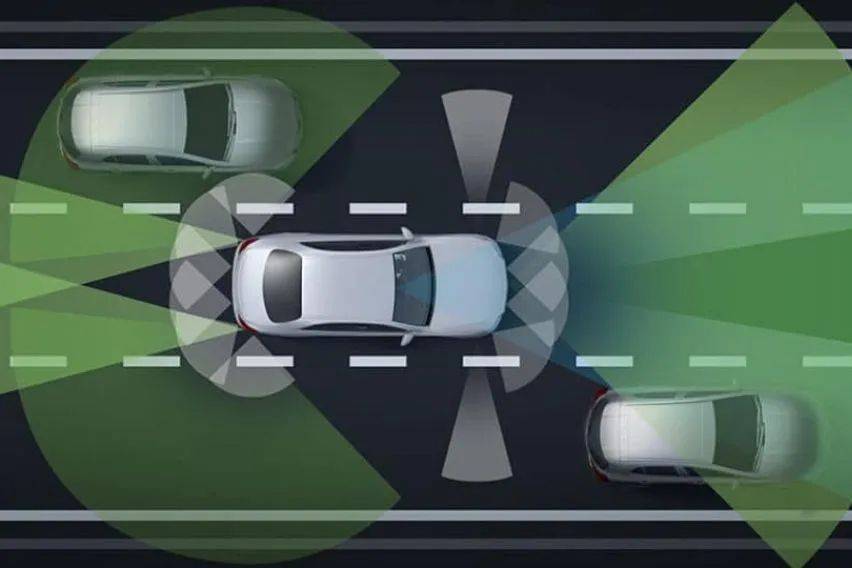
Enhancing Awareness: These systems help drivers maintain better situational awareness. They can alert drivers to the presence of vehicles in blind spots, read road signs to display speed limits, and provide warnings if they're drifting out of their lanes.
Minimizing Collision Impact: In the unfortunate event of a collision, advanced safety systems are designed to minimize the impact. Features like Automatic Emergency Braking (AEB) can apply the brakes more rapidly and effectively than a human, potentially reducing the severity of an accident.
Supporting Safe Driving Habits: Some systems encourage safer driving habits. For instance, adaptive cruise control maintains a safe following distance automatically, reducing the likelihood of rear-end collisions. Lane-keeping assist gently steers a vehicle back into its lane if the driver unintentionally drifts.
Pedestrian and Cyclist Protection: Advanced systems are not limited to protecting vehicle occupants; they also prioritize the safety of pedestrians and cyclists. These systems can detect these vulnerable road users and take actions to avoid or mitigate collisions.
Parking and Maneuvering Assistance: Parking in tight spaces or manoeuvring in heavy traffic can be challenging. Advanced parking systems, like automatic parallel parking, simplify these tasks, reducing the risk of minor collisions.
Driver Monitoring: Some advanced systems monitor the driver's condition, alerting them if they appear drowsy or distracted. This feature ensures that drivers stay attentive and focused on the road.
Top 10 advanced safety systems
Let us now break down the top ten advanced safety systems of modern times and how they actually work.
Adaptive Cruise Control (ACC)
ACC is an intelligent cruise control system that not only maintains a set speed but also adjusts it based on the speed of vehicles ahead. Using radar or sensors, it can automatically slow down or accelerate to maintain a safe following distance. This technology enhances highway driving safety by reducing the risk of rear-end collisions.
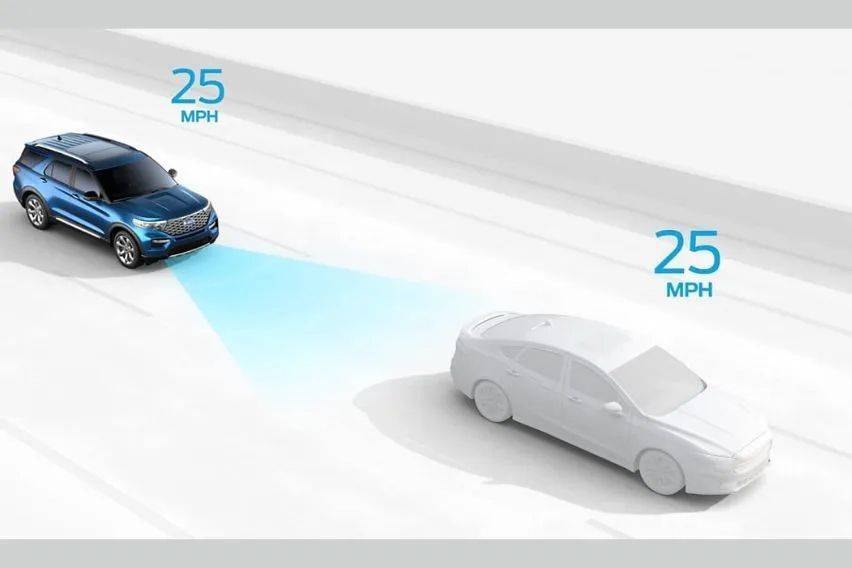
Automatic Emergency Braking (AEB)
AEB is a system that detects impending collisions and automatically applies the brakes if the driver doesn't respond in time. It uses sensors and cameras to monitor the road ahead, making it invaluable in preventing accidents, especially in urban traffic.
Lane Departure Warning (LDW) and Lane Keeping Assist (LKA)
LDW alerts the driver when the vehicle drifts out of its lane without using a turn signal, while LKA takes it a step further by gently steering the vehicle back into the lane. These systems help prevent accidents caused by drowsiness or distractions.
Blind-Spot Monitoring (BSM) and Rear Cross-Traffic Alert (RCTA)
BSM uses sensors to detect vehicles in blind spots and provides visual or audible warnings. RCTA alerts the driver when a vehicle is approaching from the side when reversing out of a parking space. Both systems enhance situational awareness and reduce the risk of collisions during lane changes and parking manoeuvres.
Forward Collision Warning (FCW) and Pedestrian Detection
FCW uses sensors to warn the driver of an impending front-end collision. Pedestrian Detection takes it further by recognizing pedestrians and cyclists and warning or intervening to prevent accidents. These systems are crucial for urban safety.
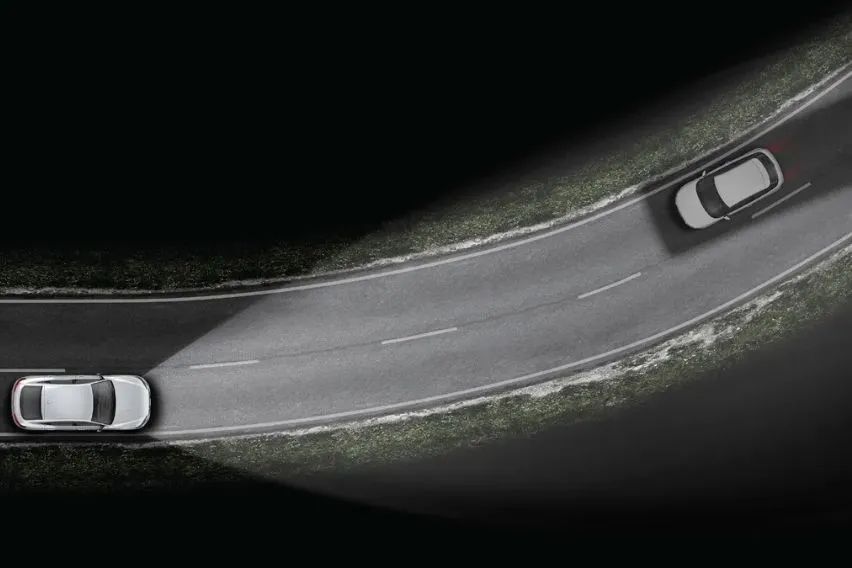
Adaptive Headlights
Adaptive headlights automatically adjust their intensity and direction based on the vehicle's speed and steering angle. This system improves nighttime visibility, especially on winding roads, by ensuring the headlights illuminate the road ahead optimally.
Driver Monitoring System (DMS)
DMS uses cameras and sensors to monitor the driver's behaviour. It can detect signs of drowsiness or distraction, providing warnings to keep the driver alert and focused on the road. This system helps prevent accidents caused by impaired driving.
Traffic Sign Recognition (TSR)
TSR uses cameras to recognize and display road signs, including speed limits, on the vehicle's dashboard or heads-up display. This feature helps drivers stay aware of changing speed limits, reducing the risk of speeding tickets and accidents.
Parking Assistance Systems
These systems assist with parking and manoeuvring in tight spaces. They can include features like automatic parallel parking, which takes control of steering during parking, making it easier and reducing the risk of parking mishaps.
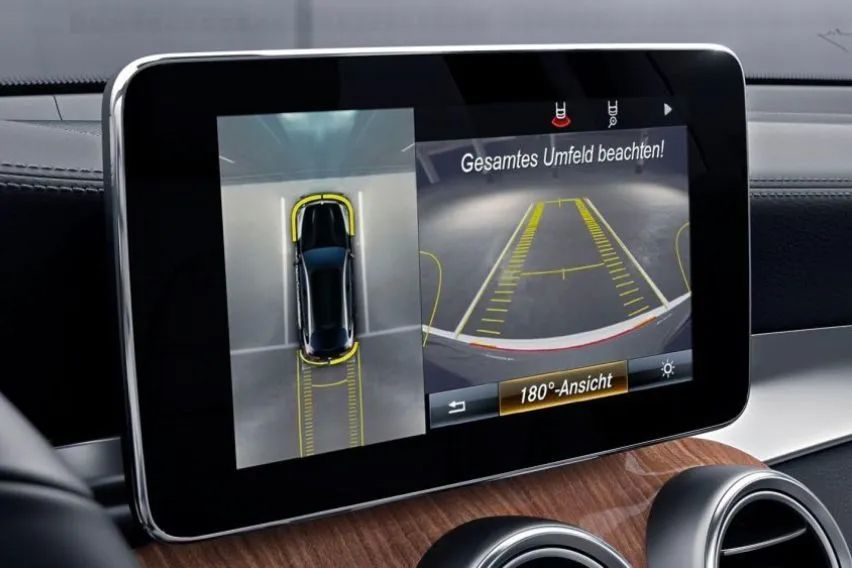
360-Degree Surround-View Camera
This system uses multiple cameras to provide a bird's-eye view of the area around the vehicle. It aids in parking and low-speed manoeuvres by eliminating blind spots and helping drivers navigate tight spaces more confidently.
Conclusion
In the fast-paced world of modern vehicles, advanced safety systems are not just luxuries but necessities. From avoiding collisions to improved visibility, these technologies are extremely essential in safeguarding lives on the road, making them a must-have for any car buyer in the UAE. Stay safe, stay informed, and enjoy the ride!
Also read: Top 5 4x4 SUVs in UAE in 2023
Automotive News and Reviews
- Latest
- Popular
You might also be interested in
- News
- Featured Stories
Featured Car
- Latest
- Upcoming
- Popular


